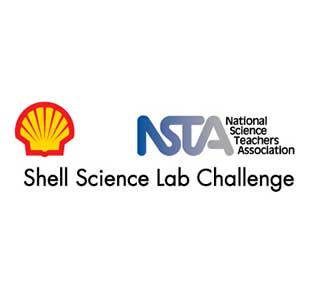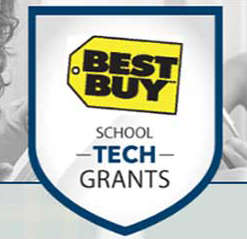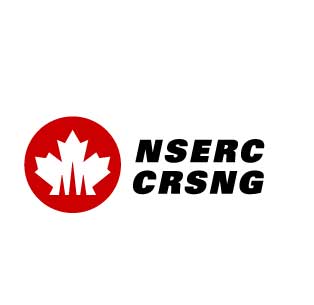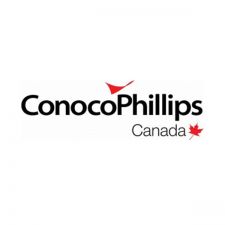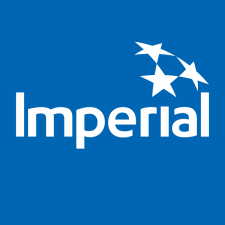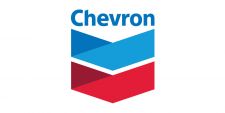Grants & Scholarships

Finding the necessary funds to support your science, technology, engineering, and mathematics (STEM) programs can often be challenging, especially when the supplied budgets are barely enough to incorporate creative, technological initiatives within the classroom. Grants are an amazing way to obtain additional funding that can ultimately help to evolve and transform all learning environments.
Research is key aspect of finding what grants are right for you and your needs. Every grant will have specific qualifications and requirements that must be met in order to qualify for the additional funding. Don’t give up if the first one isn’t right for you. There are plenty of sources out there willing to provide assistance, we’ve even listed a variety of potentials below.
Establishing a Plan
Before writing your grant proposal, it is important to establish what project you wish to fund and the necessary items needed for success. Brainstorming with colleagues is a great way to identify potential resources and topics that can help support your proposal, as working in groups will often provide varying perspectives. Once you have created a general idea of items to include, adjustments should be made to ensure that only the necessities remain. After the modifications, you should have a specific list that outlines both the prices and product numbers of the equipment and services you wish to support with funding.
Finding a Source
Grants are readily available resources that are often overlooked. They are provided by a variety of groups ranging from local organizations and school boards to large corporations and the government. The research aspect might be daunting at first, but majority of these sources make it easy for individuals by advertising the potential for funding through the internet. It’s important to keep in mind that bigger isn’t always better, many of the smaller sources are often forgotten and end up having extra funds. Don’t be afraid to apply to more than one source, as this will only increase the chances of your project receiving funding.
Reaching Out
Every organization will have different objectives and guidelines for their funding criteria. It is important to take the time to establish which grants will best fit the your project, the amount of time need for completion and the submission period. Taking the opportunity to contact an Organization’s representative through email, call, or a meeting can be a great way to determine if a source is right for you.
Creating a Proposal
A proposal ultimately represents the backbone of your potential funding. Without a strong foundation and direction, it can be very challenging to encourage an organization to provide support to your project. By incorporating the following advice, writing a grant proposal can be an extremely straight forward process.
- Understand your source and their various guidelines
- Select a format for your proposal that is easy to read
- Communicate distinct information in a way that is understandable
- Begin with a short summary
- Propose a request that is realistic
- Provide all of the supplementary documents
- Satisfy the deadlines
Assembling your Information
Finding funding that fits your program can be easily achieved by taking the time to research and apply your passion to discovering new grant opportunities. There are organizations right now who wish to support your vision and provide the necessary resources. Remember to always exercises patience and thorough thinking when creating your grant proposals, establishing emotion and interest. Finally, it is important to understand that not all sources will accept your project. Take the opportunity to learn from their advice and reasoning to enhance your next proposal.

